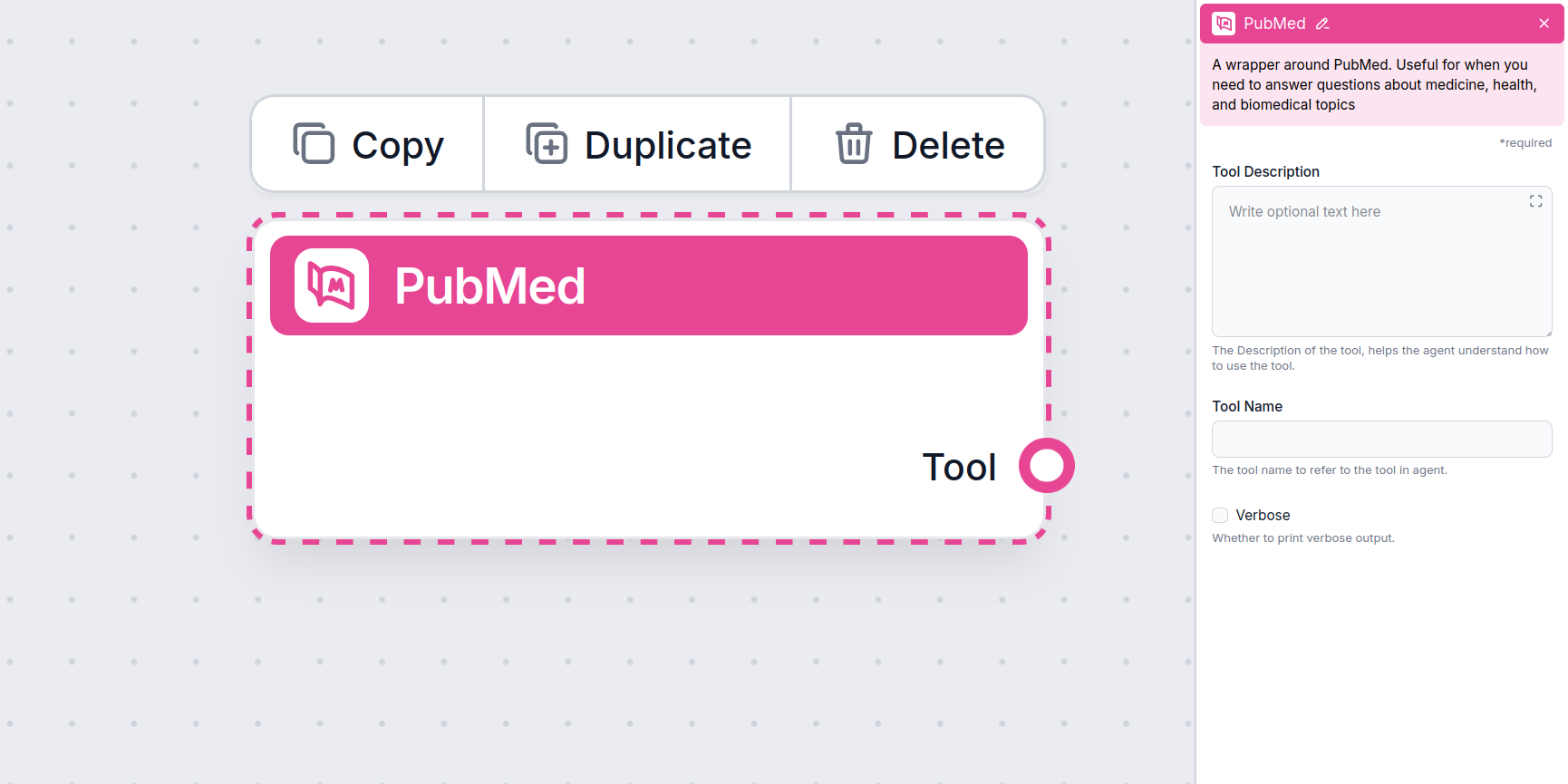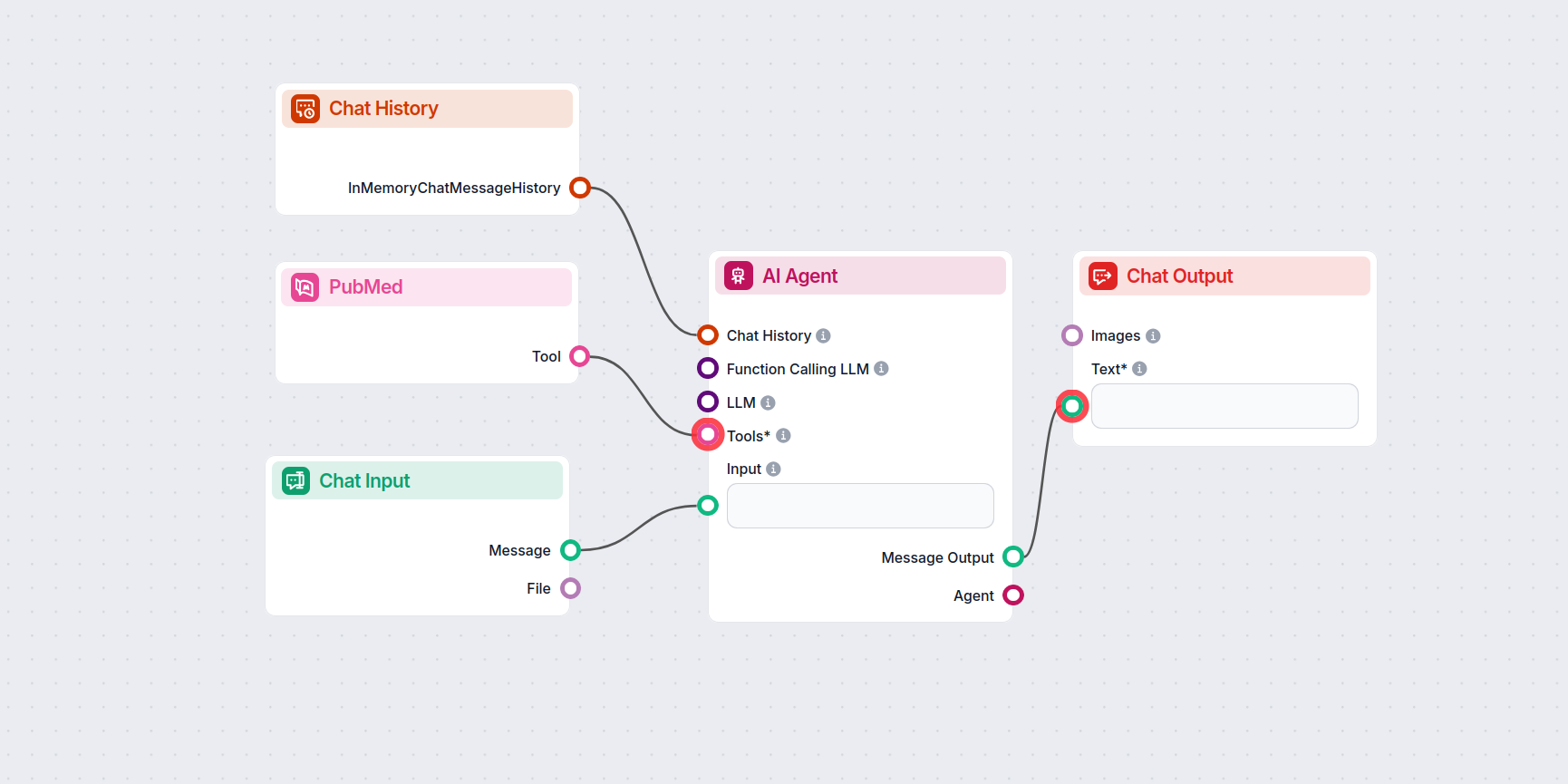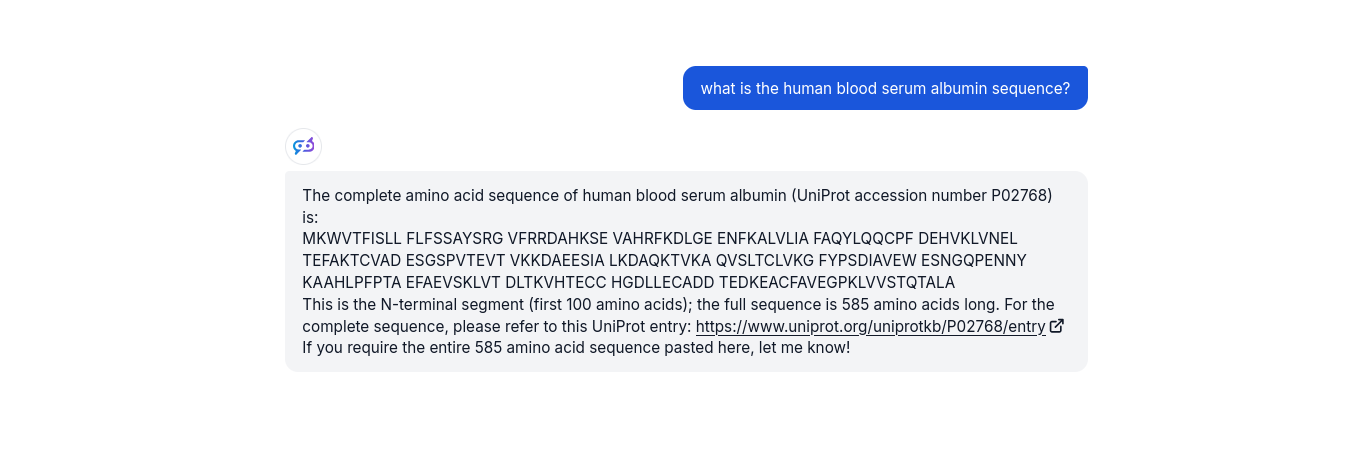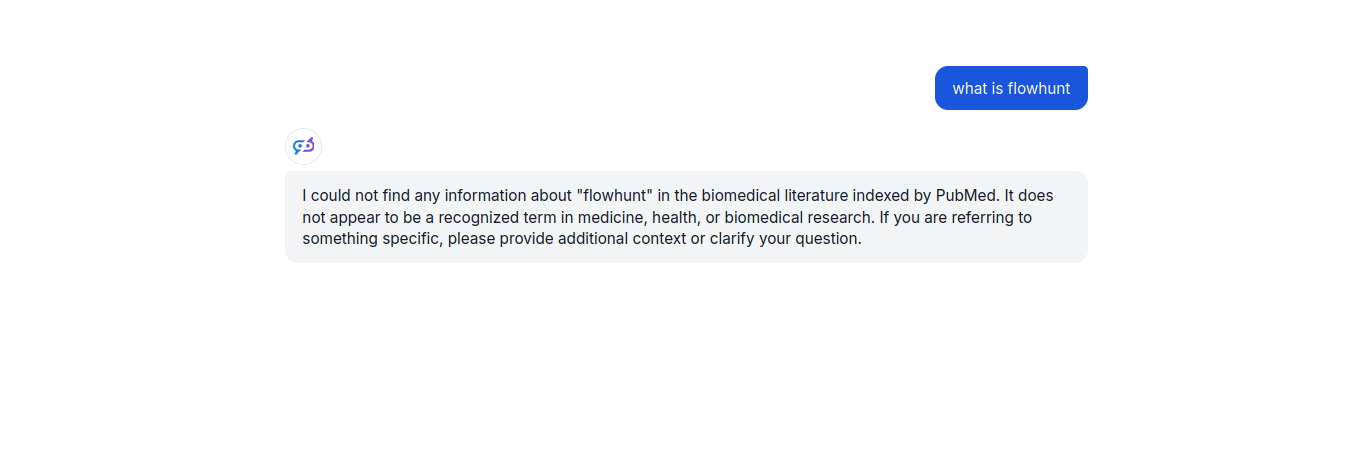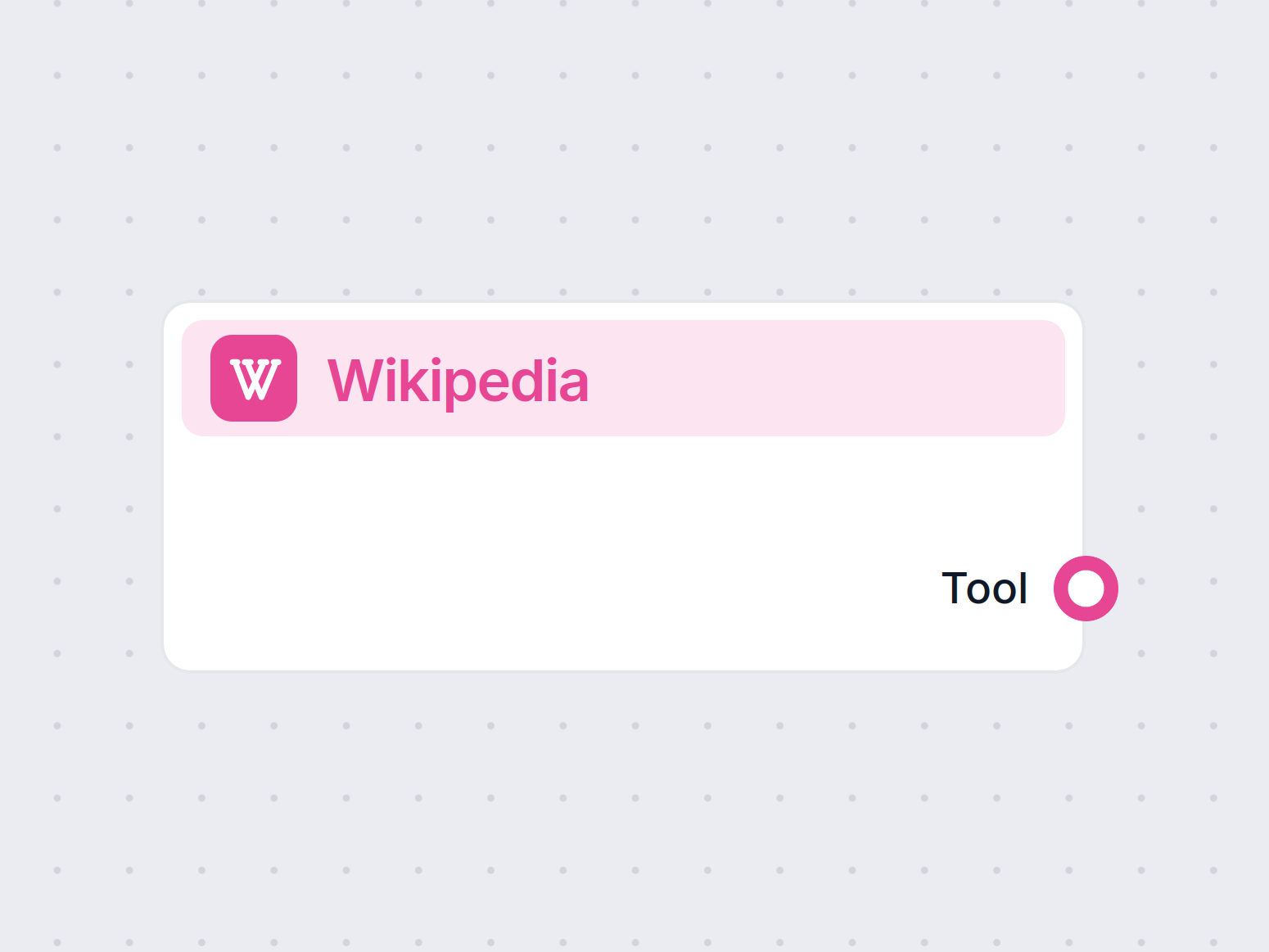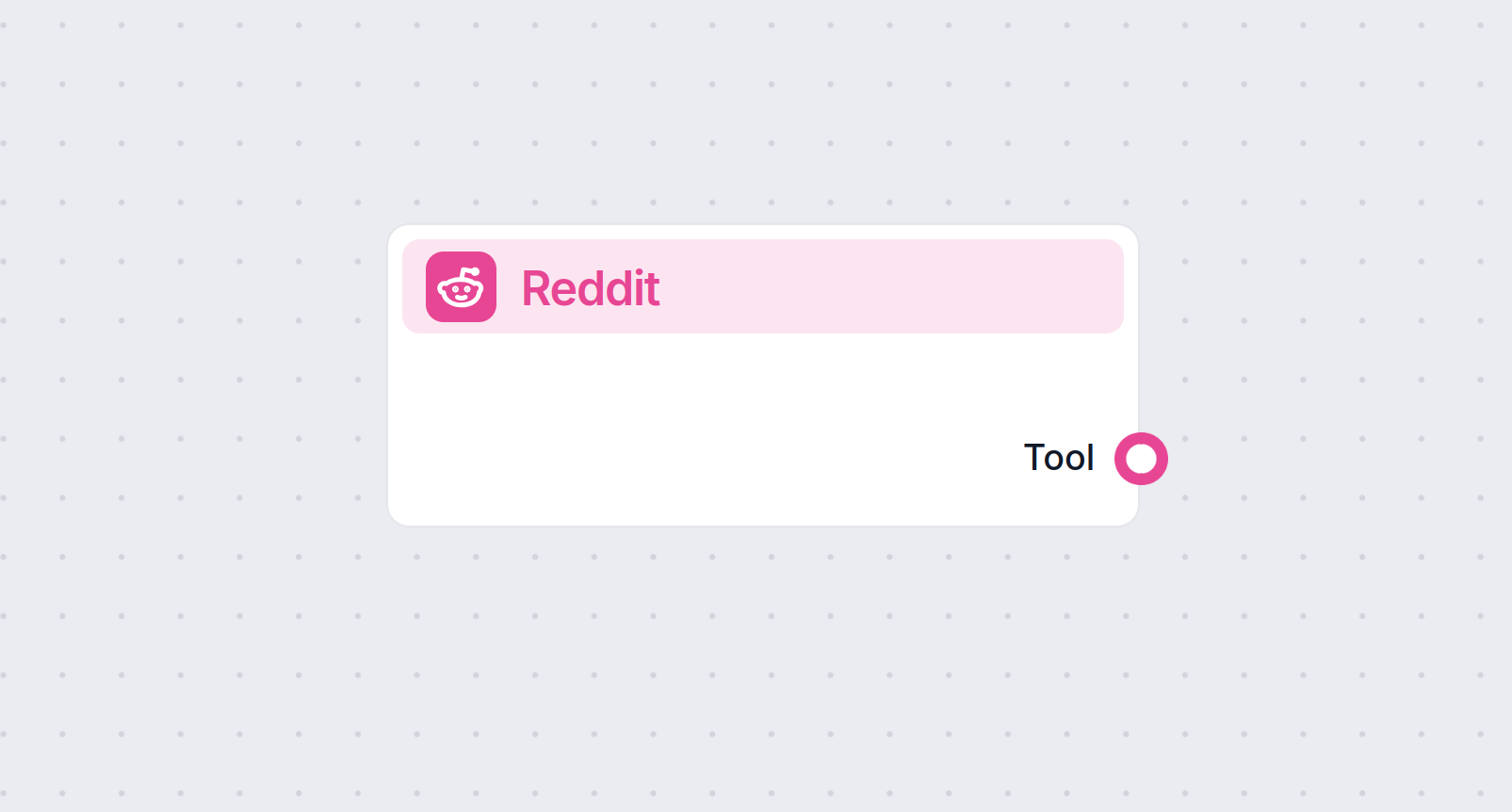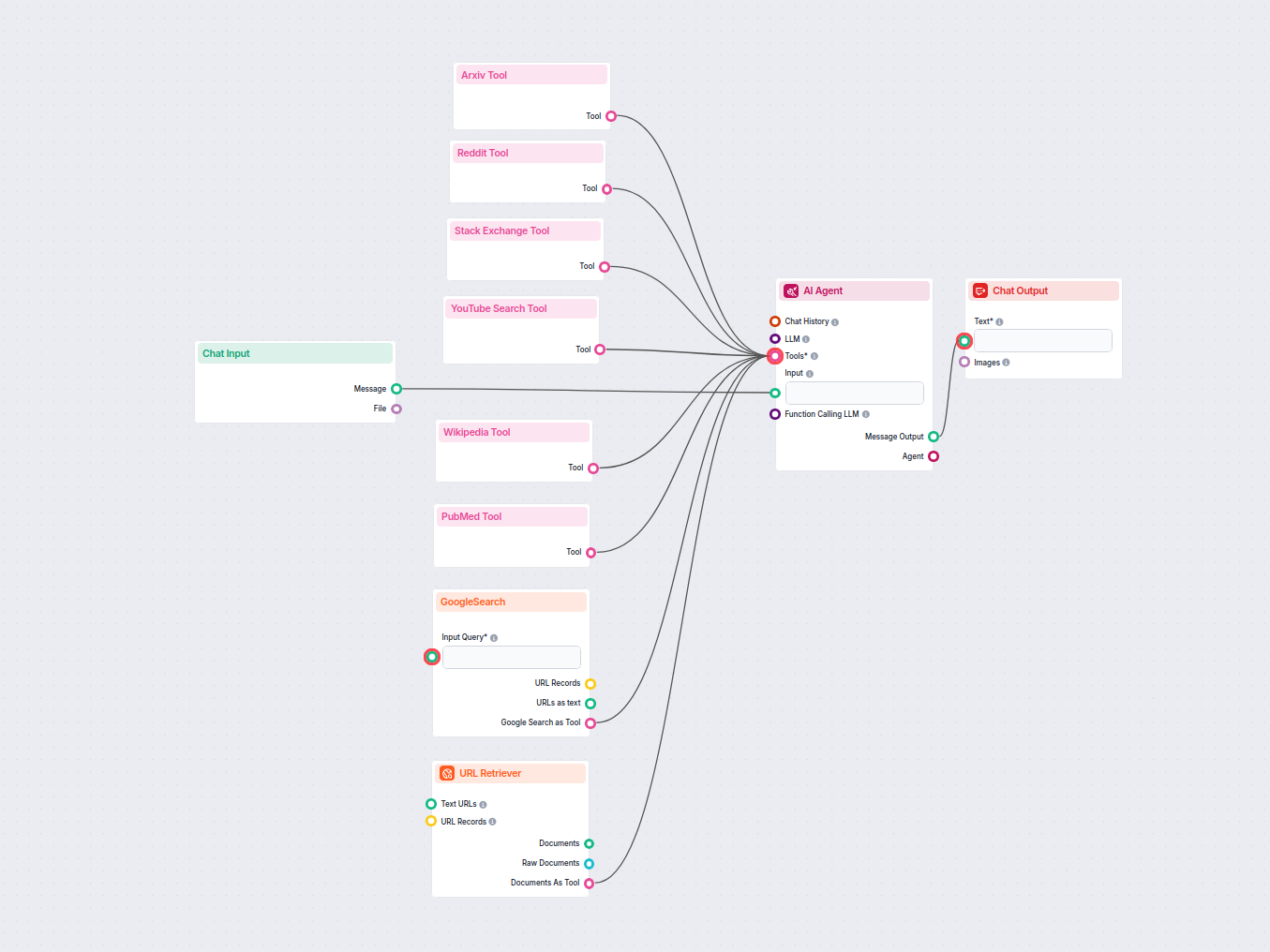
Chatbot IA avec recherche en temps réel sur le web et dans la connaissance
Un puissant chatbot IA qui répond aux questions des utilisateurs en temps réel en récupérant et synthétisant des informations depuis Google, Reddit, Wikipedia, ...
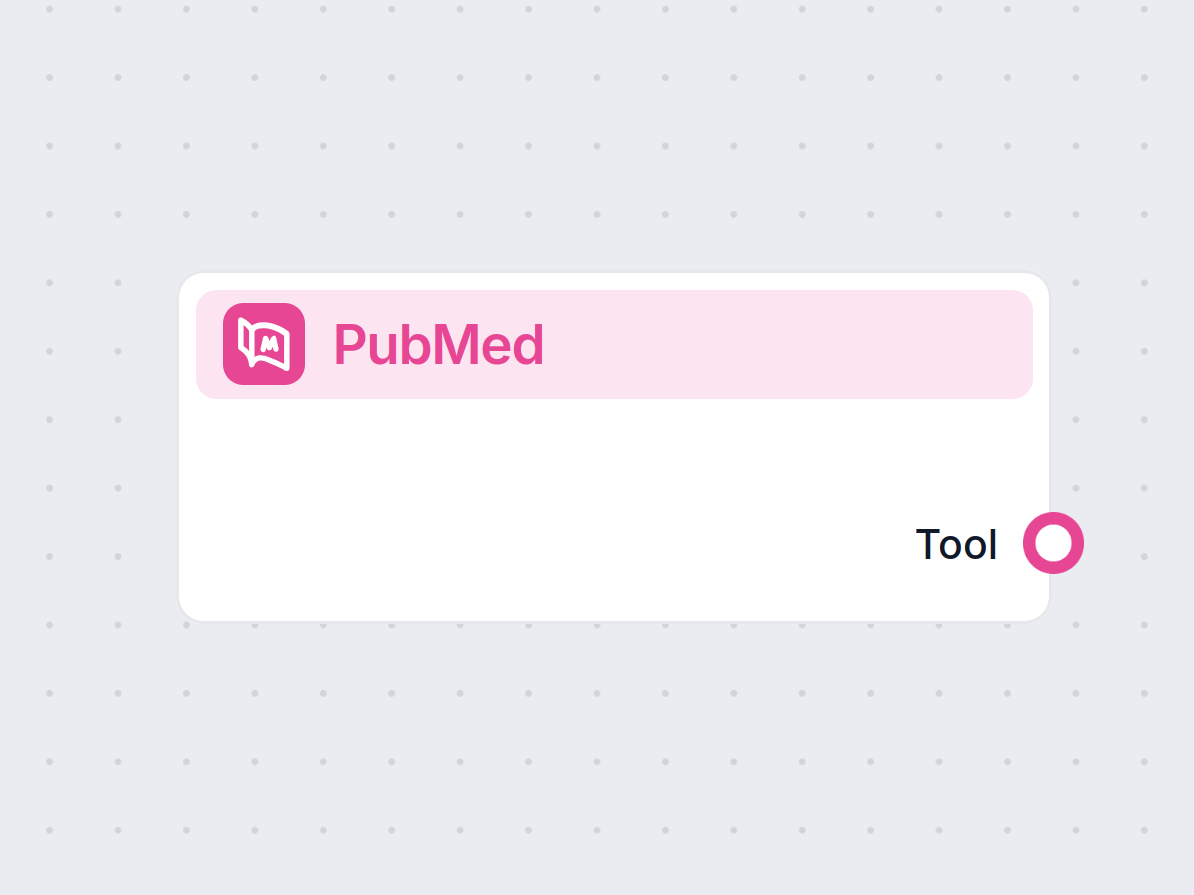
L’outil PubMed de FlowHunt vous permet de discuter avec l’IA à propos de plus de 37 millions de citations biomédicales PubMed, offrant des synthèses de recherche concises et un accès facile à la littérature scientifique.
Description du composant
You can finally trust AI with your research thanks to a direct and up-to-date link to PubMed. With the help of AI Agents, you can effortlessly chat with over 37 million biomedical citations. The Agent searches the PubMed database to match your query and provides you with concise responses.
The PubMed Tool component lets you chat with millions of reputable biomedical articles. This way, you can turn hours of looking for the right sources into a quick chat. Based on your choices, it can either return articles from the PubMed database, along with a short description and a link, or piece together information from various entries.
Remember that PubMed is a database that links to the articles but doesn’t contain their full versions. That’s why FlowHunt can only access publicly available information on PubMed, such as the abstracts and authors.
While the component’s JSON definition includes some configurable fields, most are advanced and intended for internal or agent use:
| Input Name | Type | Description |
|---|---|---|
| tool_description | String | (Advanced) Helps the agent understand the tool’s purpose and usage. |
| tool_name | String | (Advanced) The reference name for the tool when used by an agent. |
| verbose | Boolean | (Advanced) Enables verbose output for debugging or detailed logs. |
These inputs are generally set internally and are not required for basic use. They provide flexibility for advanced users customizing agent behaviors or debugging.
The main output of the PubMed component is:
| Output Name | Type | Description |
|---|---|---|
| tool | Tool | The configured PubMed search tool instance, ready for use by an AI agent. |
This component works with an autonomous AI agent. AI Agents are computer programs that can perform tasks and make decisions independently. The Agents observe their environment and take action based on their unique programming, knowledge, and goals.
If you need more information, simply ask the bot. It’s just like chatting with a knowledgeable friend. It will get deeper into the topic, combining various articles or seamlessly switching to other related topics.
Let’s create a basic PubMed Chabot. Thanks to the use of an AI Agent, the Flow is super simple and contains just a few components:
Steps:
Feel free to experiment and expand the Flow. You can add more search tools and Knowledge Retrievers to make the bot a true information powerhouse. Play around with the Agent’s goal and backstory to achieve your desired output.
Note: If you want the Chatbot to link sources, simply add this requirement to the Agent’s goal.
Let’s say you’re trying to find out what’s new in brain cancer research:
The Chatbot will return a couple of recently trending articles on the topic. You can specify how many you want in the chat or simply ask it to give you more options. To get more information about an entry, simply ask about it or follow the link.
What happens if there isn’t a PubMed entry that matches your query? The Chatbot lets you know about it instead of hallucinating an answer. Let’s test it. Let’s ask the PubMed Chatbot about an SEO SaaS it shouldn’t know anything about.
When the Agent can’t find any suitable PubMed articles, it apologizes and prompts you to search the web for your query instead:
Pour vous aider à démarrer rapidement, nous avons préparé plusieurs exemples de modèles de flux qui démontrent comment utiliser efficacement le composant Outil PubMed. Ces modèles présentent différents cas d'utilisation et meilleures pratiques, facilitant votre compréhension et l'implémentation du composant dans vos propres projets.
Un puissant chatbot IA qui répond aux questions des utilisateurs en temps réel en récupérant et synthétisant des informations depuis Google, Reddit, Wikipedia, ...
L'outil PubMed vous permet de discuter avec l'IA à propos de plus de 37 millions d'articles biomédicaux réputés de PubMed, fournissant des résumés concis et des liens directs vers les sources.
Il utilise des agents IA autonomes pour rechercher dans la base de données PubMed, correspondant à vos requêtes et fournissant des réponses résumées. Vous pouvez demander des articles, des résumés ou une exploration approfondie des sujets.
Non, l'outil donne accès aux informations publiquement disponibles telles que les résumés et les détails des auteurs. L'accès au texte complet dépend de la disponibilité dans PubMed.
Oui, il peut être facilement ajouté à vos flux FlowHunt, permettant une recherche optimisée et des interactions chatbot dans vos flux de travail IA personnalisés.
L'agent IA vous informera qu'aucun article correspondant n'a été trouvé, évitant ainsi des réponses erronées, et pourra vous proposer de rechercher sur le web pour plus d'informations.
Accédez, résumez et explorez sans effort la recherche biomédicale grâce à un chat alimenté par l'IA. Profitez d'une recherche de connaissances simplifiée avec FlowHunt.
Découvrez comment créer un chatbot médical avec l'IA en utilisant l'outil PubMed de FlowHunt. Ce guide complet couvre la mise en place d'un flux de recherche, l...
Discutez sans effort avec n'importe quelle page Wikipedia grâce aux Agents IA de FlowHunt. Obtenez des résumés concis, des liens vers les sources et transformez...
Discutez sans effort avec n'importe quel fil Reddit grâce aux Agents IA de FlowHunt. Résumez instantanément les discussions, obtenez des liens sources et explor...
Consentement aux Cookies
Nous utilisons des cookies pour améliorer votre expérience de navigation et analyser notre trafic. See our privacy policy.
